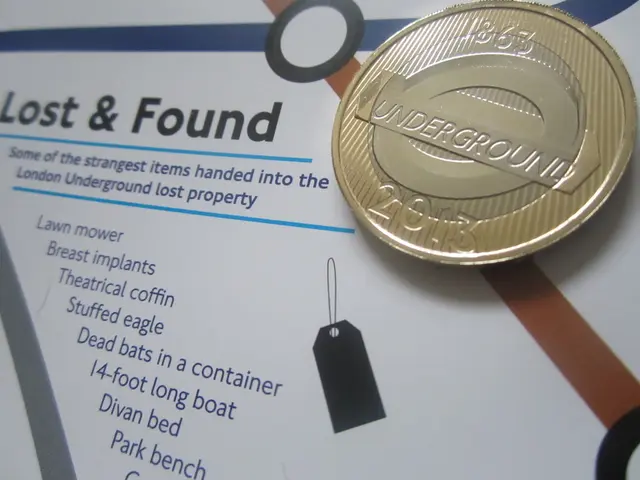NATO Outlines largest weapons expansion program in over 30 years
NATO's Biggest Military Build-Up
Brussels - In a historic move reminiscent of the Cold War era, NATO has green-lit its largest military strengthening program following the growing threat from Russia. This extensive effort aims to boost deterrence and defense capabilities, focusing on air defense, long-range missiles, and mobile land forces in the coming years.
The decision unfolded during a meeting of NATO defense ministers in Brussels, with Secretary General Mark Rutte describing the move as "revolutionary" earlier in the day. The new military build-up program includes specific future commitments from each ally for collective defense and deterrence, based on the revised defense plans that factor in intelligence assessments suggesting Russia might be preparing for war against a NATO country in a matter of years.
Top-Secret Plans
Classified as top secret, the new, enhanced military capability targets keep NATO's plans unpredictable for Russia. According to the German Press Agency, the previous military capability targets have been hiked up by an estimated 30 percent. German Defense Minister Boris Pistorius (SPD) stated that Germany's military alone will likely require an additional 60,000 active soldiers to accommodate the demands of the new NATO targets.
The ambitious new planning targets present a daunting challenge. The existing targets stand far from being reached, with high-ranking military officials previously discussing a gap of 30 percent.
Beyond 3.5% Defense Spending
The current funding deficits and new planning targets pave the way for an expected defense spending commitment at the upcoming summit later this month. All NATO members are expected to vow to invest at least 3.5 percent of their national GDP in defense, which could then escalate to an additional 1.5 percent GDP for defense-related expenses such as infrastructure, eventually reaching the 5 percent quota advocated by former US President Donald Trump.
In Germany, the defense spending share will gradually increase by 0.2 percentage points each year for a period of 5 to 7 years, starting from the 2.1 percent of GDP reached in 2021. This could propel Germany's defense spending quota up to 3.5 percent by 2032. As per Chancellor Friedrich Merz (CDU), each additional percentage point would equate to roughly 45 billion euros in additional defense spending for Germany.
Enrichment Data:
NATO’s significant defense strengthening, focusing on air defense, long-range strike, logistics, and readiness, is designed to meet the increasing geopolitical tensions and the threat posed by Russia. However, the specific capabilities targets for each individual NATO member remain confidential. General focus areas include air defense systems, long-range missiles, artillery, ammunition, drones, personnel, readiness, air-to-air refueling capabilities, heavy air transport, and logistical infrastructure. European governments are weighing the feasibility and willingness to meet the new, higher defense spending thresholds, with many already spending at least 2% of GDP on defense. The eventual goal is to have up to 300,000 troops prepared to deploy to the eastern flank within 30 days. The challenge lies in closing the gaps between current capabilities and new, enhanced targets, as they are yet to be disclosed in detail.
- The new military build-up program of NATO, which includes increased contributions from each ally for defense and deterrence, will also necessitate investments in technology and finance, particularly in the fields of air defense systems, logistics, and readiness, as opposed to just general-news topics.
- The aggressive military strengthening by NATO, aiming to bolster air defense, long-range strike capabilities, and more, is significantly influenced by the geopolitical tensions with Russia. Concurrently, sports and other non-military sectors may encounter challenges due to the increased defense spending, such as the additional 45 billion euros of defense spending that Germany might incur, which equates to each additional percentage point in defense spending.








